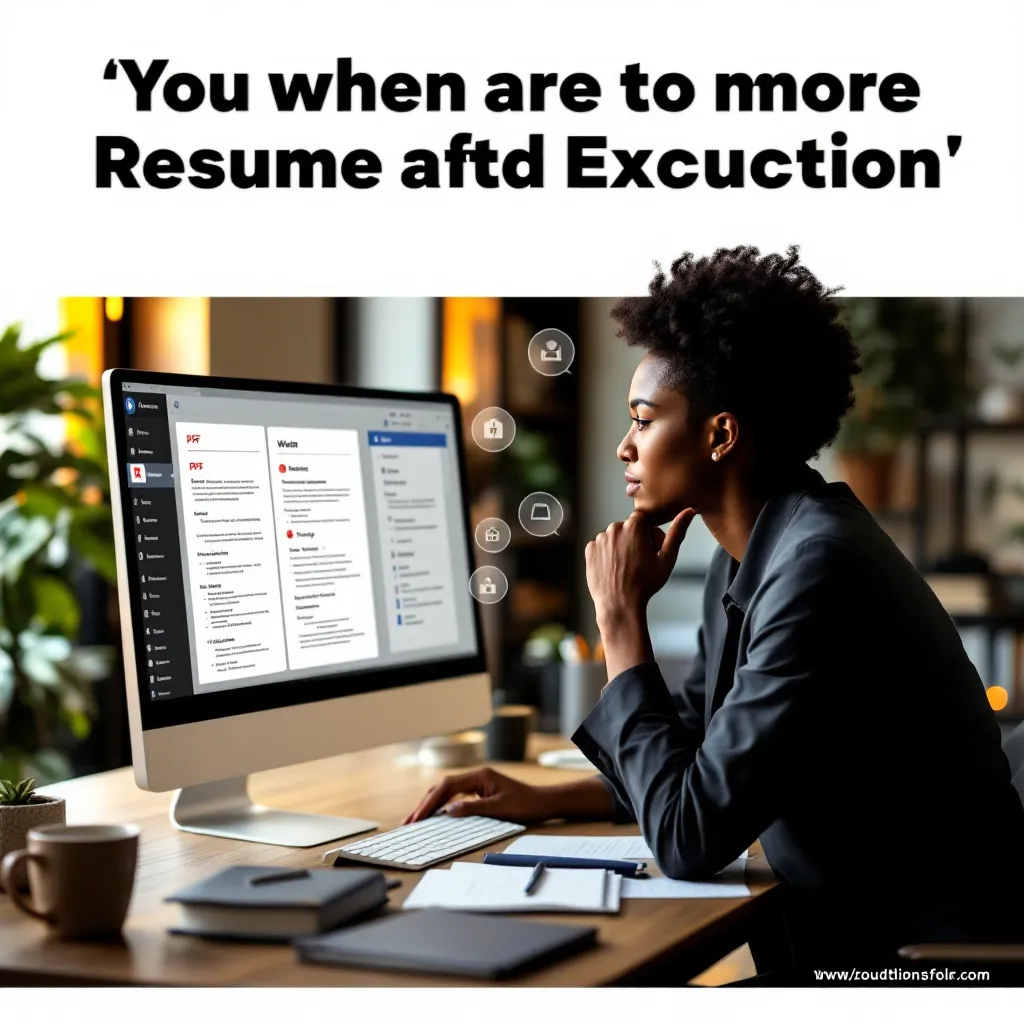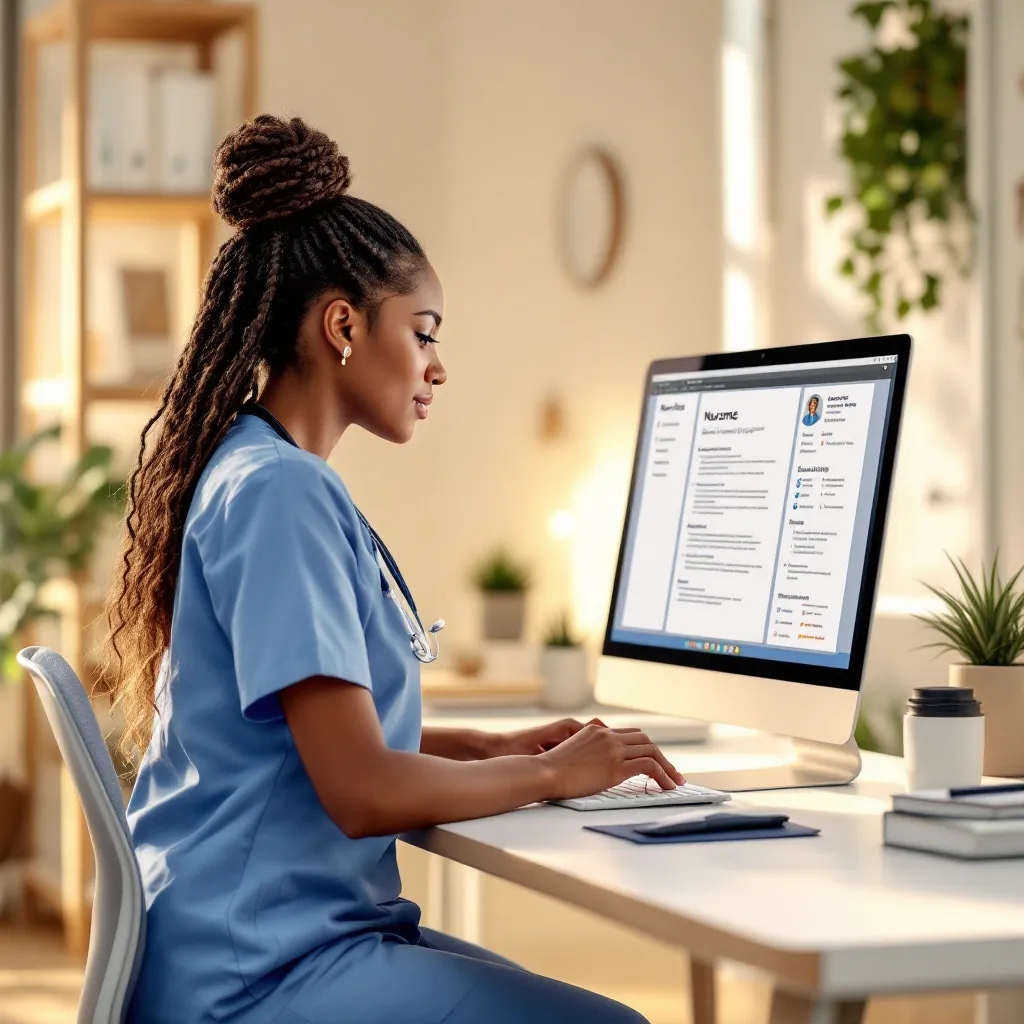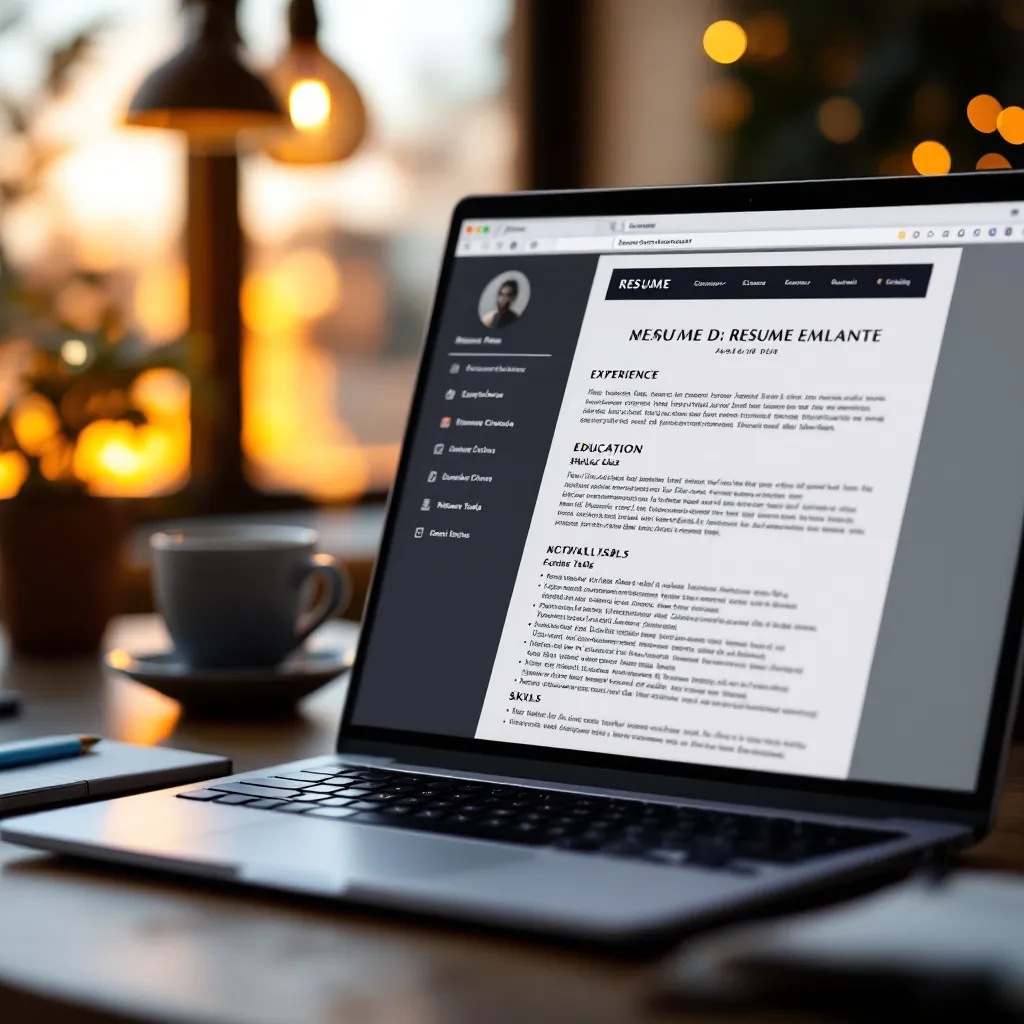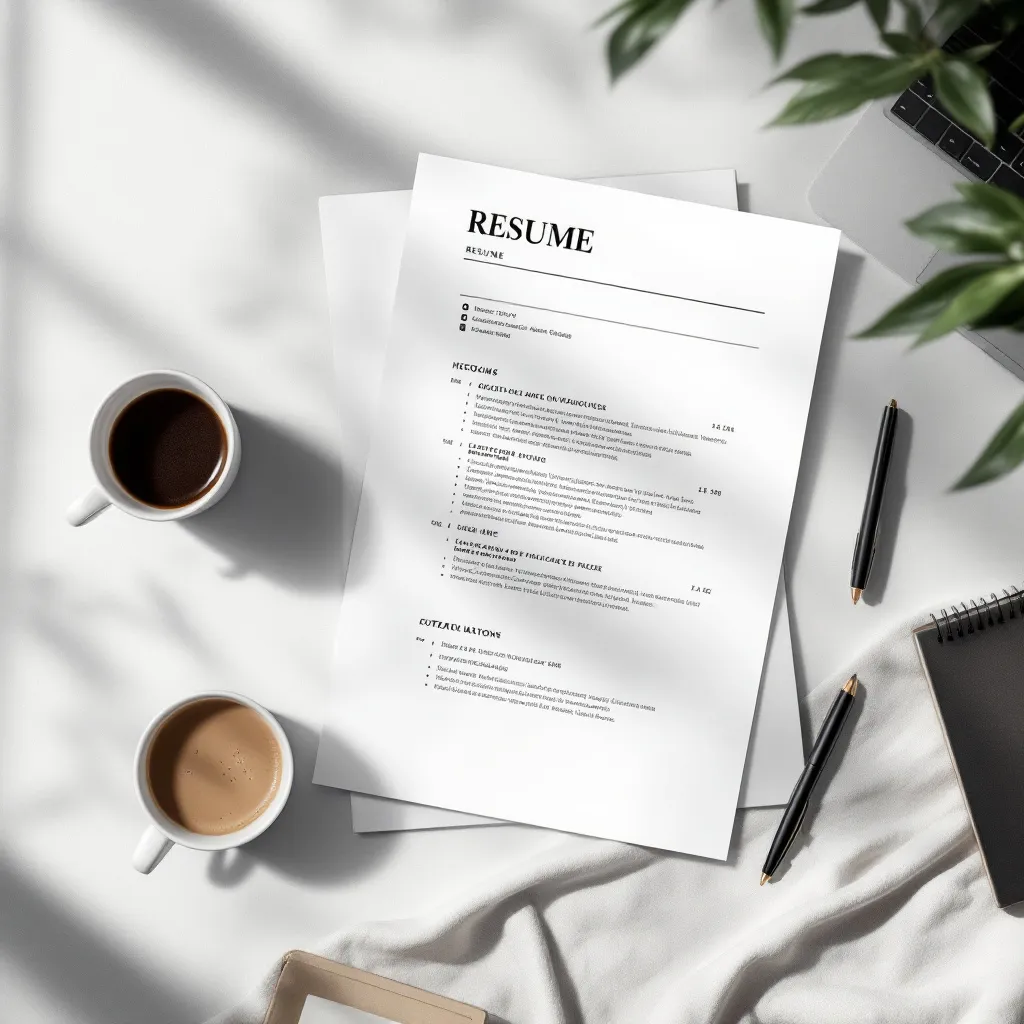In today’s increasingly remote work environment, distributed software engineers face unique challenges when crafting resumes that effectively highlight their specialized skills. A standard resume template won’t suffice—you need one tailored to showcase your distributed systems expertise and remote collaboration capabilities. This guide will help you create a resume that stands out to employers seeking distributed team talent.
Essential Components of a Distributed Software Engineer Resume
A distributed software engineer’s resume differs significantly from traditional software engineering resumes by emphasizing remote collaboration skills alongside technical expertise. According to TealHQ Backend Developer examples, 72% of cloud-native deployments now utilize Docker, making containerization skills essential to highlight.
Technical Skills Section Optimization
Your technical skills section should prominently feature:
- Distributed Systems Technologies: Docker, Kubernetes, microservices architecture
- Cloud Platforms: AWS, Azure, GCP with relevant certifications
- Communication Protocols: gRPC, REST APIs, message brokers (Kafka, RabbitMQ)
- Monitoring Solutions: Prometheus, Grafana, ELK stack
Organize these skills in a scannable format using columns:
Distributed Systems | Cloud Technologies | Monitoring | Collaboration Tools
Kubernetes | AWS EC2/S3 | Prometheus | Jira/Confluence
gRPC | Terraform | Grafana | GitHub/GitLab
Kafka | Docker | ELK Stack | Slack/Discord
This resume formatting approach ensures both human recruiters and ATS systems can easily identify your distributed systems expertise.
Remote Work Experience Presentation
When presenting your work experience, emphasize:
- Cross-timezone collaboration: “Led a 8-member team across 4 time zones, maintaining 98% sprint completion rate”
- Asynchronous communication: “Reduced meeting load by 40% through implementation of written RFC process”
- Self-management metrics: “Maintained 97% on-time delivery rate while working remotely across 3 different projects”
Quantifying these achievements distinguishes you from candidates who merely list remote work experience without demonstrating effectiveness.
Crafting a Compelling Summary Statement
Your summary statement should immediately signal distributed systems expertise. Based on synthesis of FAANG Resume Guidelines and industry examples, an effective summary might read:
“Distributed systems engineer with 5+ years experience building fault-tolerant microservices handling 10M+ daily transactions. AWS Certified Solutions Architect specializing in containerized deployments across multi-cloud environments. Proven track record of collaborating effectively in globally distributed teams.”
Key elements to include:
- Scale metrics (users served, transactions processed)
- Architectural specialties (event-driven, microservices)
- Cloud certifications
- Remote collaboration capabilities
This approach creates a powerful first impression that addresses the specific needs of distributed engineering teams. Unlike generic resume examples, this summary directly targets the distributed systems domain.
Project Showcase: Highlighting Distributed Systems Experience
When describing projects, focus on distributed systems challenges you’ve solved. Follow this bullet structure for maximum impact:
“Migrated monolithic Java application to cloud-native microservices architecture using Spring Boot and Kubernetes, reducing API latency by 65% (230ms → 80ms) while enabling independent deployment across three geographic regions.”
Showcase projects that demonstrate:
- Distributed consensus implementations
- Geo-redundant system designs
- Capacity planning for elastic scaling
- Cross-service API design and integration
Each project description should include the problem, your solution, the technologies used, and quantifiable results—with particular emphasis on distributed systems aspects.
Resume Layout and Formatting Best Practices
The American resume format sample typically follows these guidelines, which are particularly important for distributed software engineers:
- ATS-Optimized Structure: Use a hybrid format combining chronological work history with skill highlights
- Visual Hierarchy: Employ clear section headers and strategic bold text for scanning
- Appropriate Length: Keep to 1-2 pages, with more experienced engineers using the full two pages
- File Format: Submit as PDF to preserve formatting across different viewers
This approach ensures your resume is easily digestible both by automated systems and by hiring managers who may be reviewing candidates across multiple time zones.
Tailoring Your Resume for Specific Distributed Engineering Roles
Different distributed engineering specializations require subtle resume adjustments:
For SRE Positions:
- Highlight incident management: “Reduced MTTR by 38% through automated alert triaging”
- Emphasize chaos engineering experience and on-call rotation management
For Distributed Database Roles:
- Showcase sharding expertise: “Designed Cassandra cluster handling 2PB+ user analytics data”
- Detail consistency models you’ve worked with (ACID vs BASE)
For Blockchain/Specialized Systems:
- Specify consensus mechanisms implemented
- Detail peer-to-peer networking experience
Final Tips
- Include GitHub/portfolio links prominently at the top of your resume
- List education after experience if you have more than 3 years in the field
- Consider using ResuFit‘s AI-powered resume optimization tools to ensure your distributed systems keywords are properly highlighted for ATS systems
- Tailor each application to highlight the specific distributed technologies mentioned in the job description
By following these guidelines, you’ll create a resume that effectively showcases your distributed systems engineering expertise while highlighting the remote collaboration skills that make you effective in distributed teams.
Looking for more specialized guidance? Check out affordable resume writing services that understand the nuances of technical resumes, or explore best cv writing service options for personalized assistance.
With a properly optimized resume that highlights both your distributed systems technical skills and remote collaboration capabilities, you’ll stand out as a prime candidate for today’s distributed engineering teams.




















